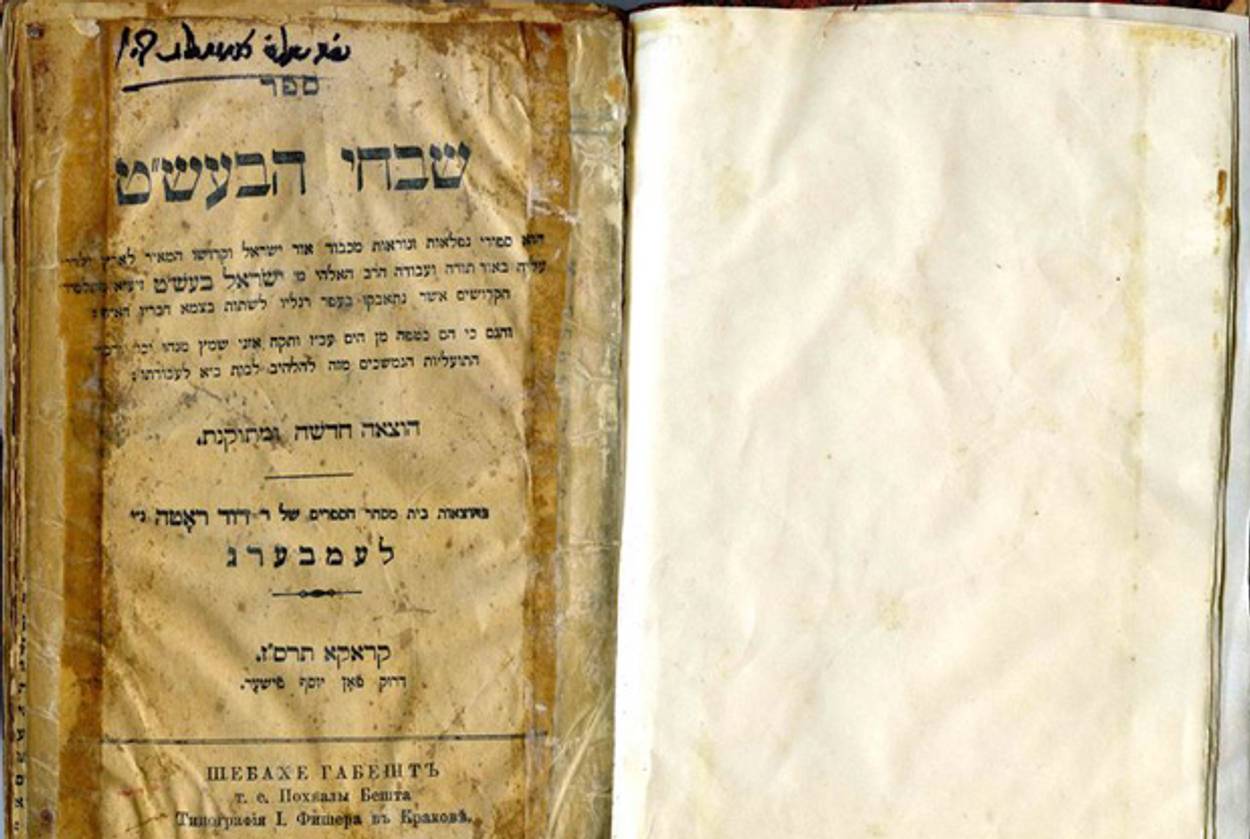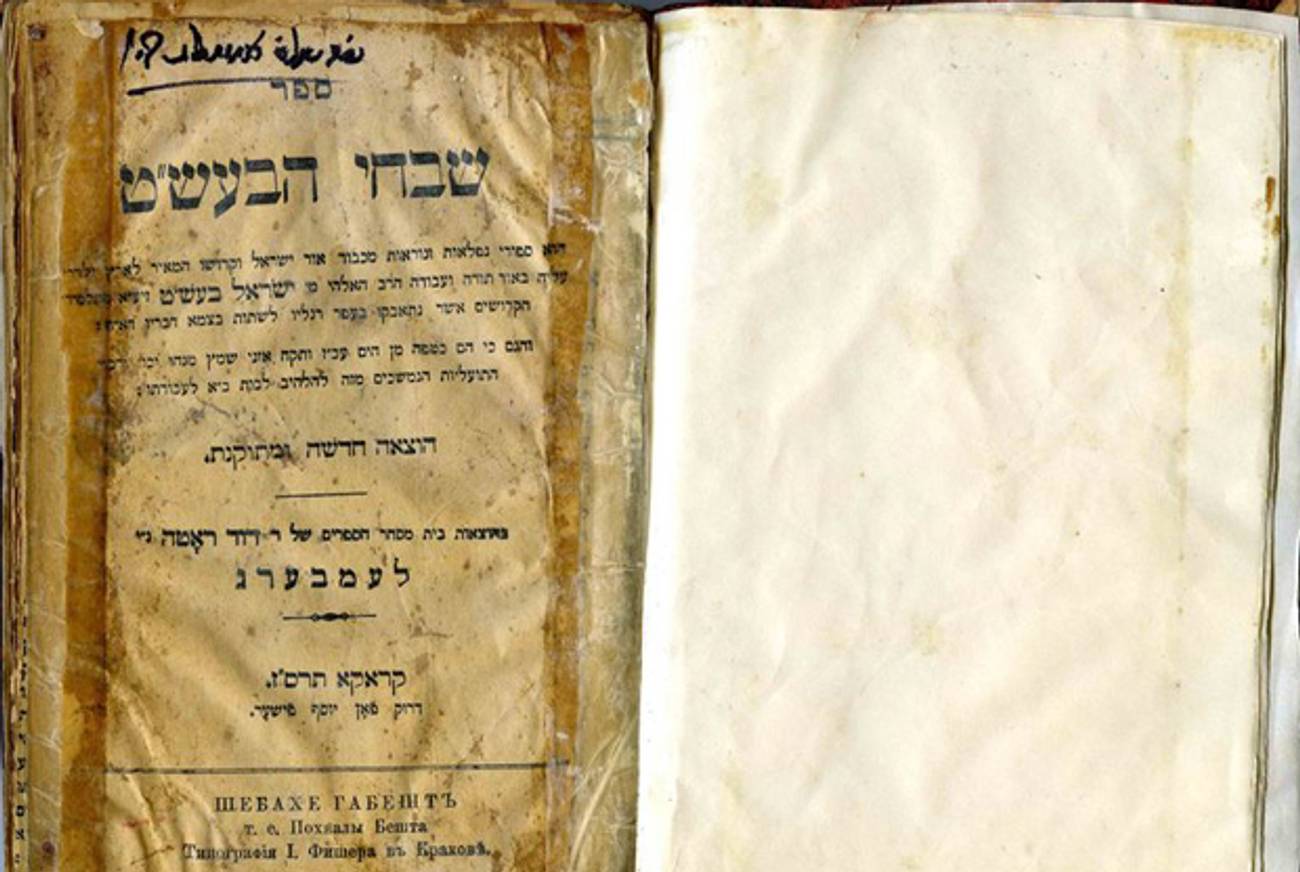Story of Moroccan Jewry Now Available Online
After discovering the extensive Rabat Geniza, scholars digitized the archives




When Oren Kosansky stumbled upon the Rabat Geniza in 2005, it was nothing but a collection of books and papers stashed in a synagogue in Rabat, Morocco. Kosansky, an anthropology professor at Lewis and Clark College doing research in Rabat, had unknowingly entered the synagogue’s geniza, or storeroom for sacred documents—which, according to Jewish tradition, cannot be discarded without a ritual burial—and found documents detailing centuries of Jewish life in Morocco.
While Jewish law says only sacred documents must be collected for burial, communities often stored all kinds of documents together without distinguishing the sacred from the mundane. The Cairo Geniza, discovered in the late 1800s, featured everything from liturgical texts to shipping orders. Kosansky described the Rabat Geniza’s contents as providing “the collective library of the Rabat Jewish community at the end of the 20th century.”
Kosansky got permission from the synagogue to remove some of the documents from the genizah, sorting through the documents and donating those he felt contained historical and cultural relevance to the Jewish Museum of Casablanca, Morocco. The collection at the museum consists of documents both sacred and secular from the 18th, 19th, and 20th centuries; items range from canonical Jewish texts to community records and public notices.
Something that stood out to Kosansky was the geographical breadth of the documents he found. “We have texts from Vienna, Paris, Jerusalem, Constantine, Algiers, Tunisia,” Kosansky explained. “This collection allows us to better appreciate how much modern Jewish Moroccan history was embedded in global history. There are these important Jewish networks of learning, commerce, travel that linked Jewish Morocco to Jewish communities throughout the Mediterranean Basin and all over the world.”
But Kosansky’s work didn’t end with the physical preservation of these documents. Funded by a grant from the National Endowment for the Humanities, Kosansky created a digital archive of this historical collection. The Rabat Genizah Project, which launched online last month and is currently in its preliminary stages, provides images of some the documents found in the Moroccan synagogue.
Kosansky and his team enlisted the help of undergraduate students in French and Hebrew to translate the documents, which are written mainly in Judeo-Arabic, Hebrew, Spanish, and French. Visitors to the website are invited to submit their own transcriptions or translations of the documents.
“The idea has always been to use [the site] as a laboratory to think about what it means to create a digital archive,” Kosansky said. “This was never meant to be just a set of pictures to look at. It was meant to be a collaborative workspace, a place where communities could get together.”
Kosansky also hopes that the project will encourage people to engage with Moroccan Jewish history—a particularly important goal given the recent demographic decline of the Moroccan Jewish community. Rabat, the country’s capital, was home to 250,000 Jews in 1950; today the Jewish community of Rabat consists of less than 100 people, with less than 3,000 Jews still living in Morocco as a whole.
Isabel Fattal, a former intern at Tablet Magazine, attends Wesleyan University.